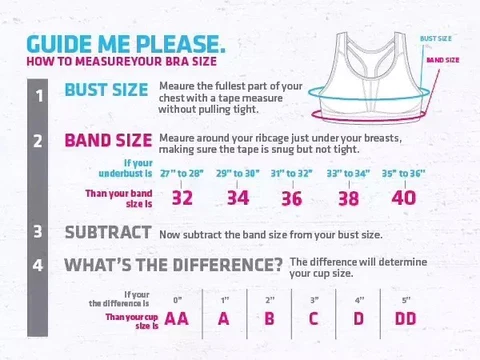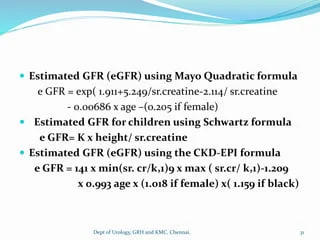How are royalties calculated

Introduction:
Royalties play a significant role in the remuneration of artists, inventors, and intellectual property (IP) owners. Understanding how royalties are calculated can help individuals maximize their earnings and ensure fair compensation for their creations. This article breaks down the different factors that influence royalty calculations and explores various methods used across different industries.
The Basics of Royalties:
Royalty payments are made in exchange for the ongoing use of copyrighted material, patented inventions, or licensed trademarks. Common examples include payments to authors for book sales, musicians for the use of their songs, and inventors for patented technology usage. The calculation of royalties varies depending on several factors such as industry standards, contractual agreements, and geographical location.
Factors Influencing Royalty Calculations:
1. Contractual Agreements: The royalty agreement between parties typically outlines the percentage or structured payment plan a creator will receive from sales revenues or licensing fees. These agreements can be heavily negotiated to secure a favorable arrangement.
2. Industry Standards: Each industry has its own established norms, with royalty calculations varying from one domain to another. For example, the music industry may apply different formulas based on streaming platforms or physical sales than those employed in the software sector.
3. Geographical Location: Different countries and regions may have specific laws governing royalty calculations. Factors such as local tax regulations, intellectual property rights enforcement, and national economic conditions can all influence the final payment amount.
Different Methods of Royalty Calculations:
1. Percentage-Based Model: This model is predominantly used in the publishing industry where authors receive a pre-determined percentage of revenues generated from book sales — usually ranging from 10% to 15%. A similar model is employed by music streaming platforms such as Spotify, which pays out royalties based on earned revenue share allocated to artists per stream.
2. Flat Fee Model: Some licensing agreements involve a flat fee structure where IP owners
receive a pre-established sum regardless of sales performance or usage rates. This method is common in software and technology licensing.
3. Variable Royalty Model: A variable rate might be applied for different revenue tiers, where the creator receives a higher percentage payment as sales increase beyond specified thresholds. This model incentivizes creators to contribute to the success of their property by promoting it and enhancing market penetration.
4. Hybrid Model: To accommodate specific situations, some agreements combine different royalty models to optimize compensation for all involved parties.
Conclusion:
Royalty calculations can be complex and depend on various factors that differ across industries and geographical locations. Understanding the relevant methods and influencing aspects can help both creators and users of intellectual property ensure a fair, mutually beneficial arrangement is established. As the creative industry landscape continues to evolve with new technologies, royalty calculation methods are expected to adapt accordingly to cater to emerging distribution channels and usage patterns.






